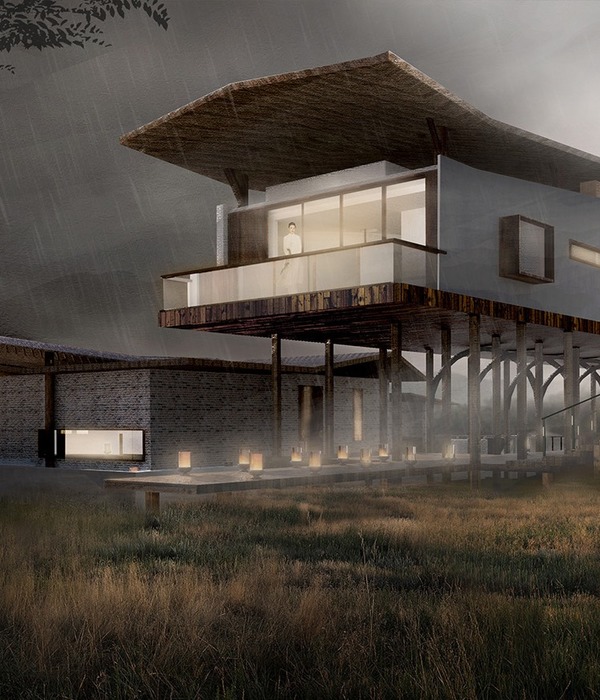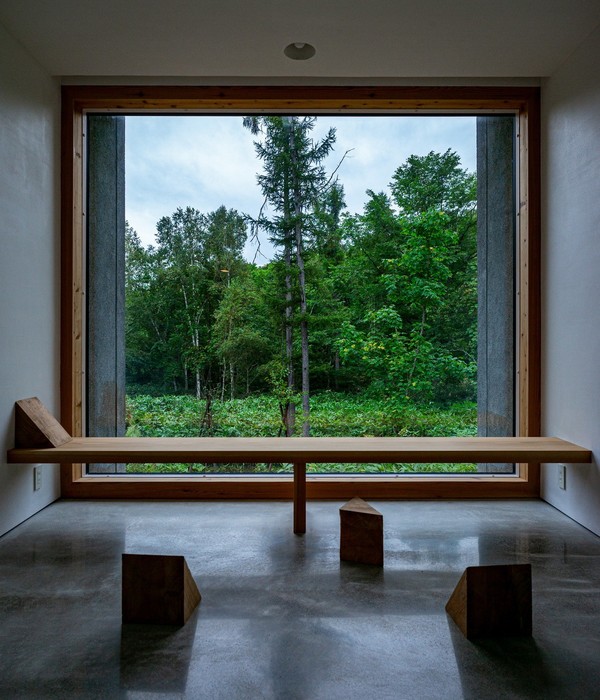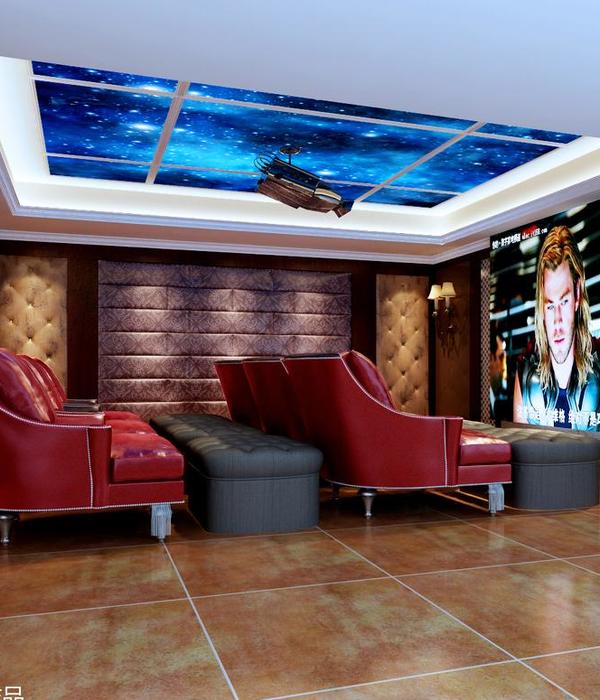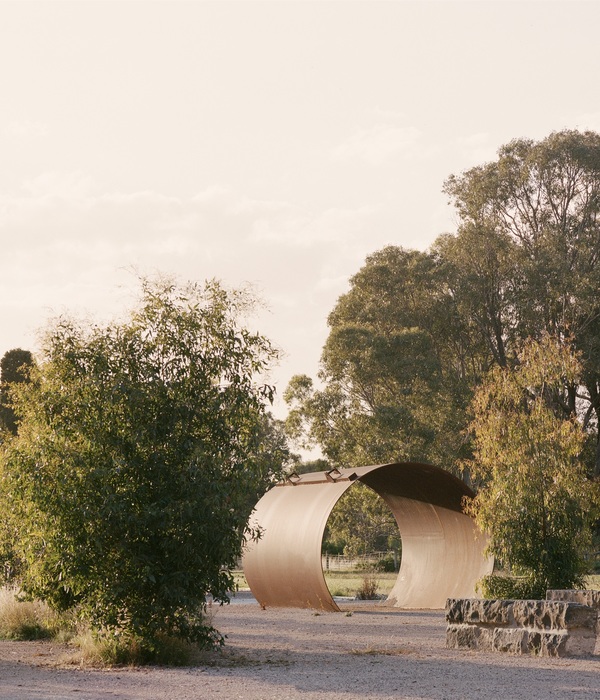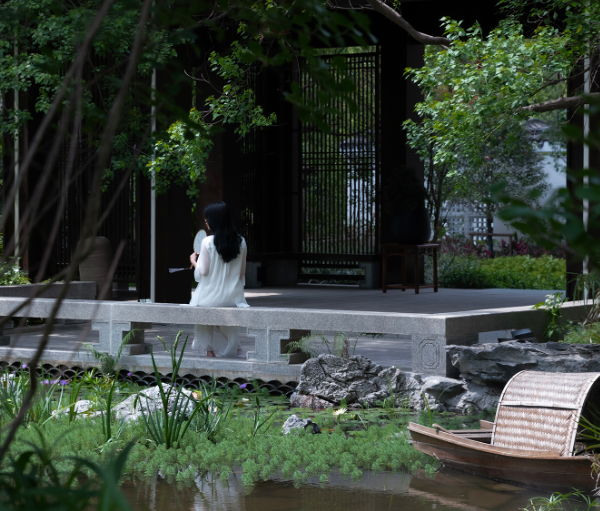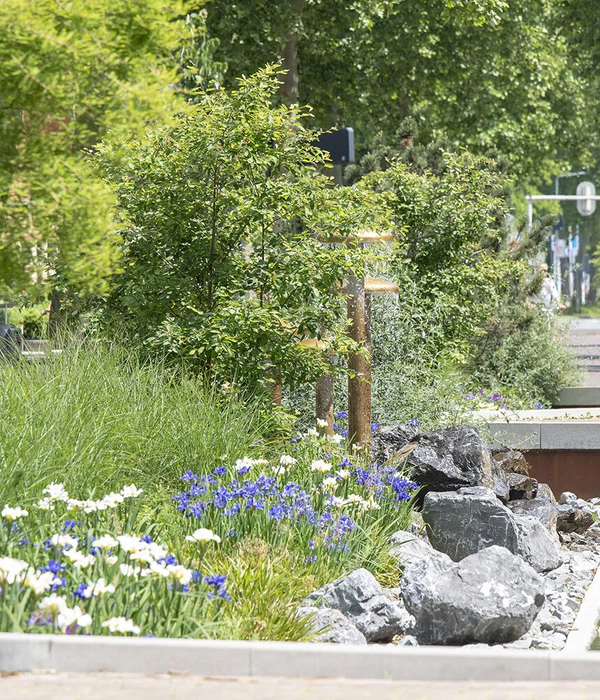▲千禧公园和芝加哥艺术学院:公园位于芝加哥自由开放的湖滨区域的制高点。Millennium Park and The Art Institute of Chicago: Millennium Park is the capstone in Chicago’s grand vision for the city’s free and open lakefront.
©Chris Smith & Millennium Park Foundation
PROJECT NARRATIVE
Millennium Park was conceived, designed, and constructed on the idea of creating a free urban, public, and cultural space of uncompromisingly high standards in art, architecture, and design. The execution of this uncompromising approach is clear when examining the Park’s most famous elements: Anish Kapoor’s Cloud Gate, Jaume Plensa’s Crown Fountain, Frank Gehry’s Jay Pritzker Pavilion and BP Bridge, and Gustafson Guthrie Nichol (GGN) and Piet Oudolf’s Lurie Garden. None of these artistic, architectural, and design works—let alone the Park itself, as it is known and loved today—would exist if not for one of the country’s strongest public-private partnerships between City of Chicago Department of Cultural Affairs and Special Events (DCASE) and the Millennium Park Foundation (MPF).
In the beginning, there were many exceptionally creative ideas for what would eventually become Millennium Park, but the execution and construction of a space this monumental and complex proved to be an entirely different challenge onto itself. The first challenge of “How?” was solved by raising the site for the Park with a six-story below-grade parking garage, which today allows for 1,200 parking stalls for visitors to the Park and throughout the Loop district. The City of Chicago committed $260,000,000 (in 2004-era dollars) to the construction of this parking garage on top of which the park would rest. MPF raised an additional $250,000,000 (in 2004-era dollars) from private Chicago citizens and corporations for the enhancement of the base park. From these funds raised, the public-private partnership that is at the core of the Park’s curation, stewardship, and operation was borne.
Following presentation of a Beaux-Arts inspired master plan of the soon-to-be Millennium Park by Skidmore, Owens & Merrill to the City of Chicago and founder of MPF, Mr. John H. Bryan, the decision was made to take the Park’s design in a novel direction. The Park’s design needed to be forward-looking, similar to the groundbreaking nature of Daniel Burnham’s progressive concept of a free and open Chicago lakefront following The Great Chicago Fire of 1871. Through conversation and negotiation among those agencies and organizations involved in this very early stage of the Park’s development and design, a hybrid design was selected as the best path forward. This hybrid design would establish a base park layout that was classical Beaux-Arts in style—using grand, wide walkways and allees of trees to create multiple spaces or “rooms” within the Park in which unique artistic and cultural experiences can occur. Within this classical base park would be layers of modernist art and architecture as the artistic core elements of the Park. The intention was to rely on the classical base layout as the design element that solidified these “rooms” as a cohesive unit, while the individual “rooms” would exist as separate and unique art, architecture, and performance spaces.
Simultaneous to the decision on a hybrid design, MPF took on the role of curating the overall design of the Park, including the creation of its art and architecture elements. To accomplish the tasks of design integration and oversight, as well as communication and collaboration with the City of Chicago, Mr. Edward (Ed) Uhlir was selected as the Park’s master architect. Ed took the design of the Park from ideas on paper and in the minds of artists and architects, to true concrete and stainless-steel reality. He accomplished this while also serving as point-person on all design and engineering challenges of building a park atop the roof of a six-story parking garage, two active commuter train lines, in the downtown business core of a busy urban city.
Move forward 16 years to 2020, most Chicagoans, as well as landscape architects and urban planning professionals worldwide, would agree that Millennium Park sparked a firestorm of urban renewal that started in Chicago’s Loop district and has rippled across all of the City’s 77 neighborhoods. Furthermore, the Park—with its year-round, free, public cultural programming—established a new standard for both the role of private-public partnerships in creating public space and for the role of public space as economic and cultural engines for cities.
Voluminous books could be penned about the design impact of Millennium Park. Creation and construction of the Park set public space design on a new trajectory—one aimed at spectacular, grand, monumental, and forward-looking designs. The Park also established a new narrative around the integrated role of artists, landscape architects, architects, engineers, fabricators, the private sector, and city governments in the creation, curation, and ongoing stewardship of public spaces.
Beyond its impact within the design and planning fields, the most significant contribution made by Millennium Park is in demonstrating the power of public cultural space to transform tourism, cultural, and urban development economies. Today’s Loop district in Chicago would, simply, not exist without the restorative inspiration provided by—as well as the influx of tourism and development monies—the construction and programming of the Park.
The Park’s 20,000,000+ annual visitors have elevated Millennium Park as Chicago’s most popular tourist attraction and places the Park among the most visited public sites in the entire United States. Prior to the opening of the Park, Chicago welcomed a steady average of 38,000,000 tourists each year. Following the 2004 opening of the Park, Chicago’s annual tourism figures began a steady increase to the 2019 figure of 58,000,000—a staggering 58% increase in 15 years. While not all this increase in tourism can be tied to the Park, the significant contribution of the Park to the rapid growth of the tourism economy in Chicago is clear.
Another significant impact of Millennium Park results directly from those 20,000,000+ annual visitors who come to enjoy the free, open, and accessible public art and architecture, festivals and concerts, and multitude of other cultural programming. Each tourist visiting the Park brings significant tax revenue to the city’s Loop district in the form of local sales taxes and hotel-motel taxes. Current estimates indicate direct tax revenue contributions to the City of Chicago resulting from the Park at over $200,000,000 annually. When broadening this perspective to consider the full arts and culture economy of the Loop district—of which the Park started and is a significant contributor—direct spending by Chicagoans and tourists is over $2,500,000,000 annual.
Beyond invigorating Chicago’s tourism economy, Millennium Park dramatically shifted the opinion of homeowners, renters, and developers when looking at Chicago’s Loop district. Private investment in residential and commercial development following the opening of the Park significantly increased, with an estimated $10,000,000,000 invested between 2004-2014. Residential and commercial occupancy rates increased from 25% and 30%, respectively, to 85% and 92%, respectively, in the first decade of Park operations. Even during the 2007-2008 economic downtown, residential and commercial property values in and around the Park remained stable with no significant decrease during those years. The power of the Park to invigorate and sustain significant economic development is well-demonstrated and continues as the Park celebrates its 16th anniversary in 2020.
In original concept to today’s active cultural heart of Chicago, Millennium Park has revolutionized how planning professionals, municipalities, and the public design, leverage, view, and use public cultural spaces. The Park’s past impacts are well-recognized and known, and there is no doubt that the Park will continue to serve as an icon of design, a cultural powerhouse, an economic engine, and one of the most loved public cultural spaces in the world.
{{item.text_origin}}


